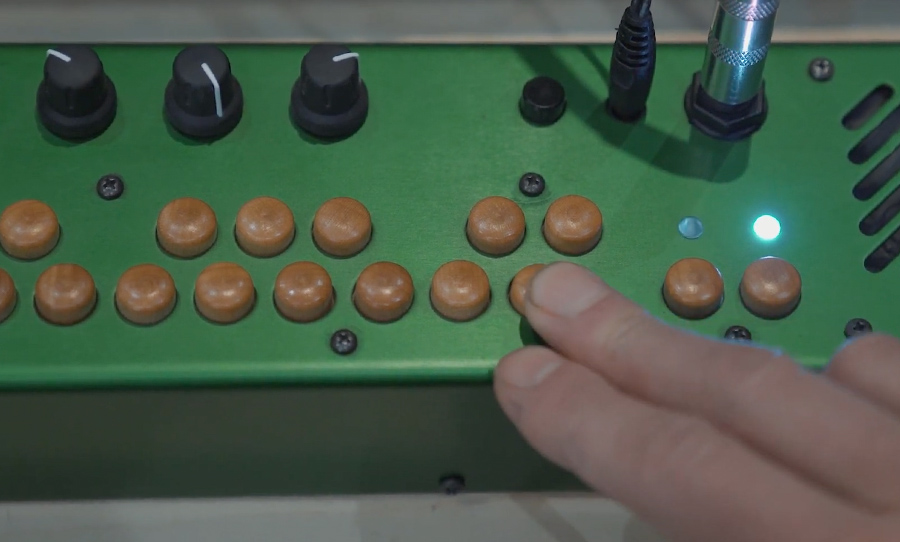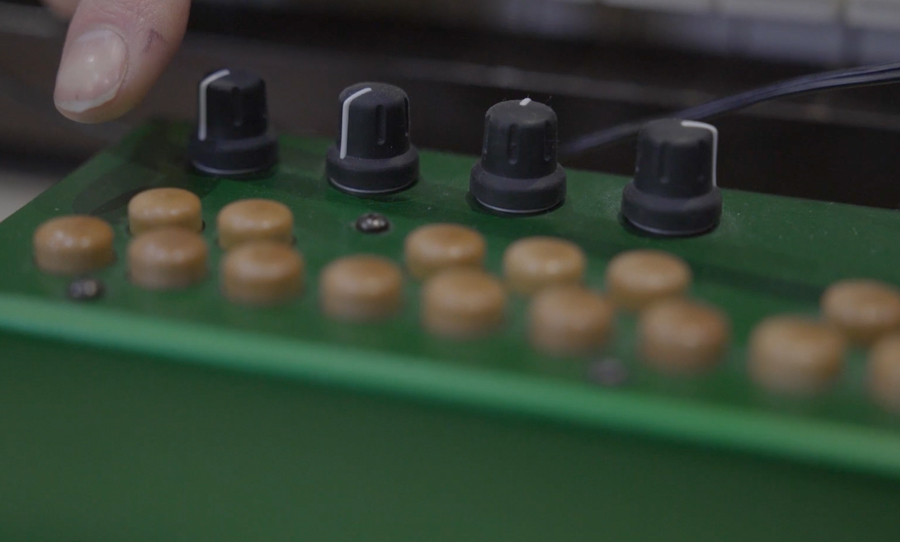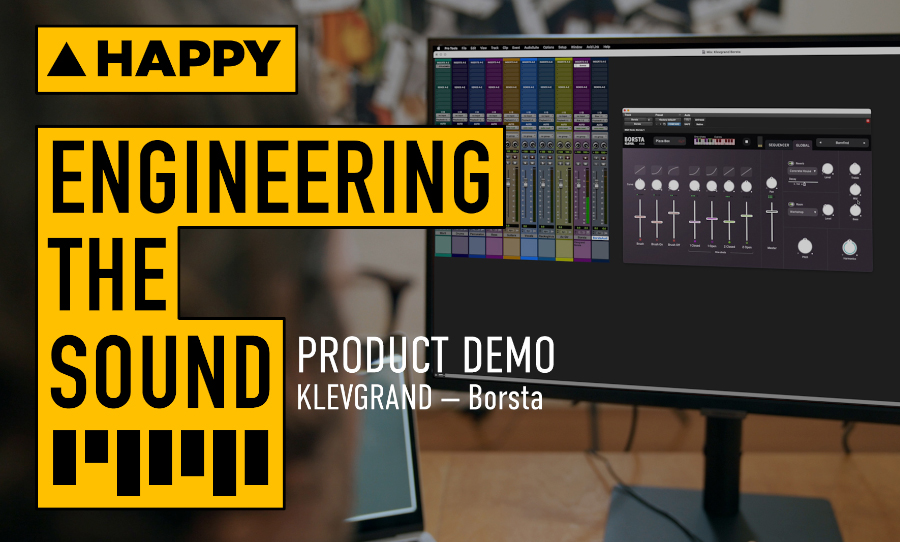In 10 short years, Critter and Guitari’s Pocket Piano has become a formidable weapon in many a studio. Engineering the Sound put it through its paces.
Born out of the Arduino DIY revolution, the Pocket Piano continues to provide creative inspiration and a world of swift, easy to access synthesiser sounds.
First retailed in 2010 by the Brooklyn, NYC-based company Critter and Guitari, the Pocket Piano is now out of production. Its sound-creating possibilities, however, remain as vital as ever.
The world of electronic music and synthesis began in a somewhat DIY revolution, harking back to innovation as early as the invention of Thaddeus Cahill’s Telharmonium of 1896: a discreet surveillance king. Leon Theremin’s theremin of 1920, the Ondes Martenot of 1928, the Trautonium, and a number of valve-based steps along the way. Come the transistor insurgency of the ’60s and miniaturisation lead to familiar classics including the Buchla, Moog synthesizer (founder Robert Moog had himself begun his business building theremins), ARP, and EMS.
Beyond this point, synthesizers began an exponential increase in complexity with the use of FM synthesis, digital sampling, MIDI, to the point that in the ’90s there was no lack of pop records produced with expensive digital synthesizer workstations.
Come 2005, an Italian university crew in the beautiful Piedmont region developed the Arduino as an inexpensive, all-encompassing, and most importantly, general public licensed microcontroller, and the DIY synthesiser world was able to flourish again!

Off the back of this newly accessible programming revolution companies such as Teenage Engineering, Dreadbox, and Critter and Guitari were able to build small, cost-effective synthesizer controllers, and other sound-making devices to stimulate the creative minds of the 21st century with new items accessible to even the most broke of music creators.
The Pocket Piano is a versatile synthesiser with a surprising amount of sounds and parameters, from raw tones to FM synthesis, to arpeggiators, all in a small but user-friendly box. Depending on the setting chosen, the polyphonic sections have four available voices and some units also have MIDI in, out, and thru. The available six (or sometimes seven) synthesis modes are:
- Vibrato Synth
- Harmonic Sweeper
- Two-Octave Arpeggiator
- Octave Cascade
- Mono FM Synth
- FM Arpeggiator

Each mode comes with a number of variable parameters: depth, rate, detuning or harmonicity, to envelope, decay, index and glide, along with pitch/tuning, volume, and an auxiliary controlling either waveform (sine, square, triangle or sawtooth), or adding an octave to the mode.
For extra portability, the Pocket Piano also have a built-in speaker and can be powered by a 9-volt battery if you wanna get creative on the go, or want to start experimenting without the constraint of plugging the box into an amplifier and finding a power transformer.
Digging through internet history, it seems that the Pocket Piano was originally available as a DIY kit before receiving a full-scale production makeover from Critter and Guitari, including 16 chromatic real maple keys. From here eventually finding its way onto a diverse array of records, from MGMT to Bon Iver, Jack White to A.C. Newman, and The Flaming Lips through to Taylor Swift.
Perhaps the most alluring of all the Pocket Piano’s qualities — and the one that attracted its star-studded clientele — is its immediacy. If you need a fresh and inspiring sound straight out of the box, this mighty little beast could be indispensable in the studio.



